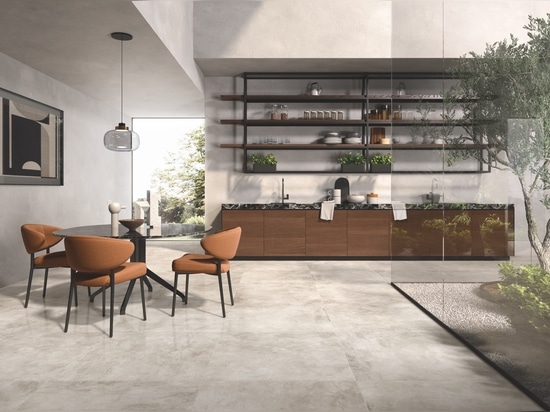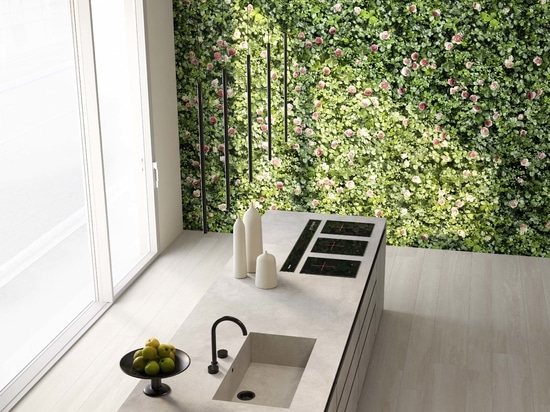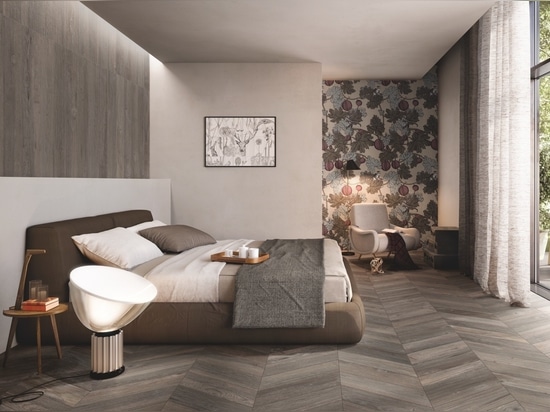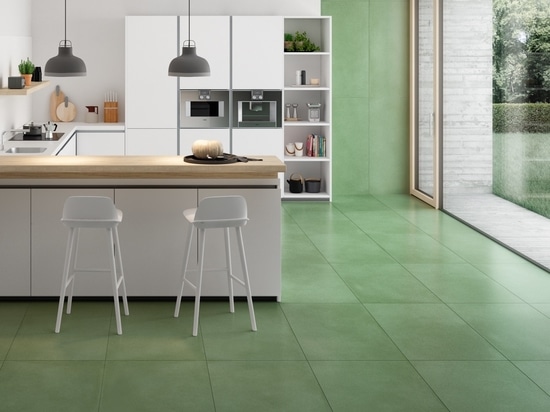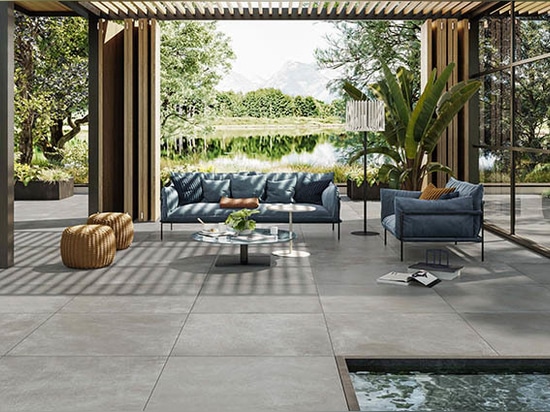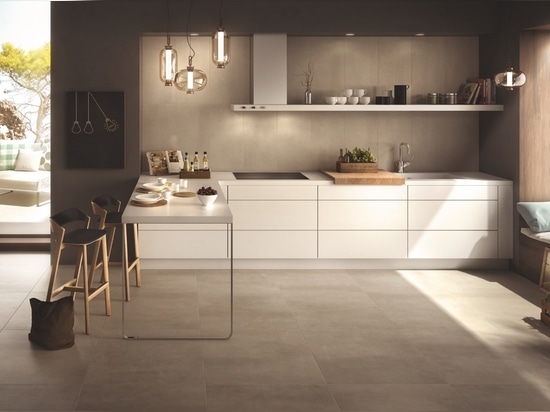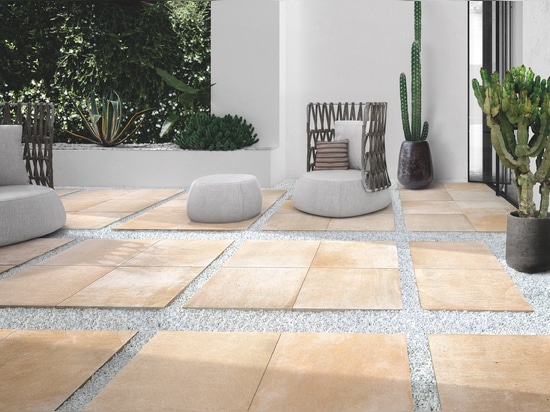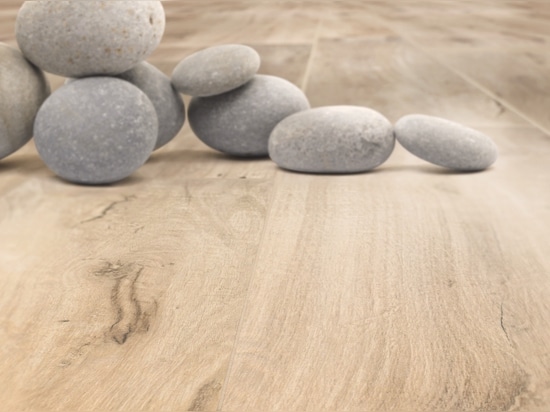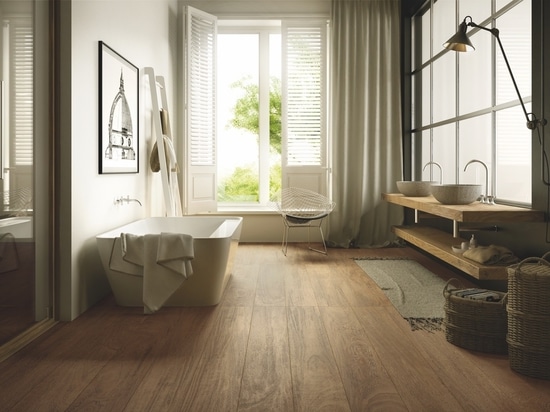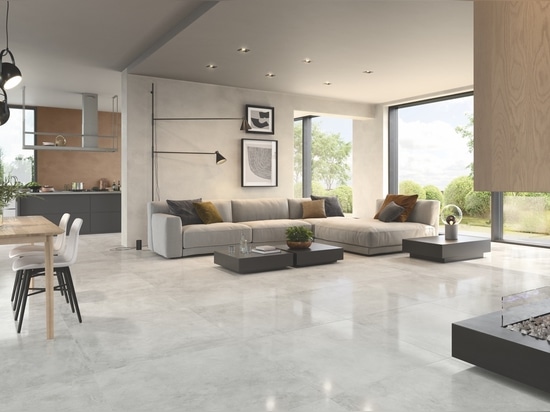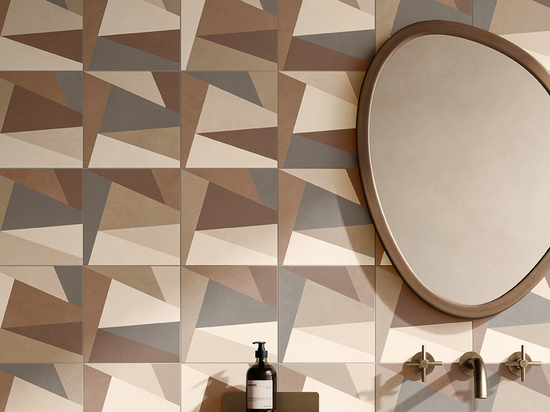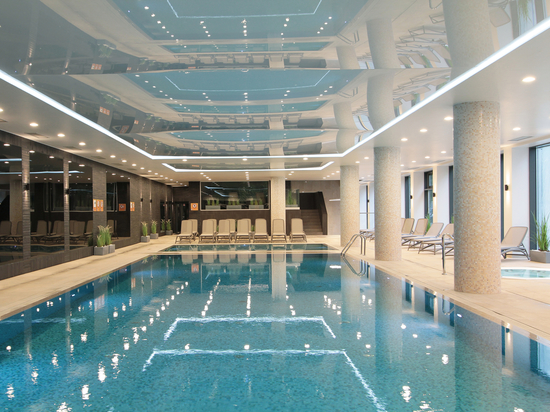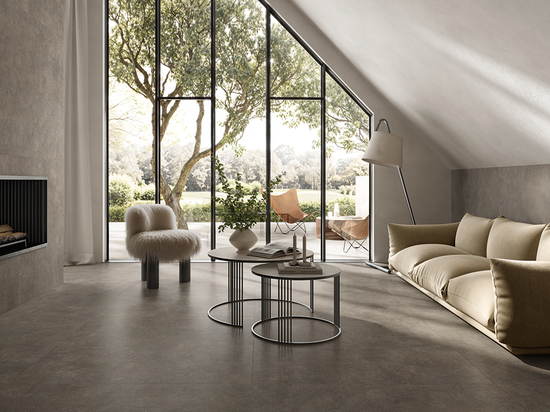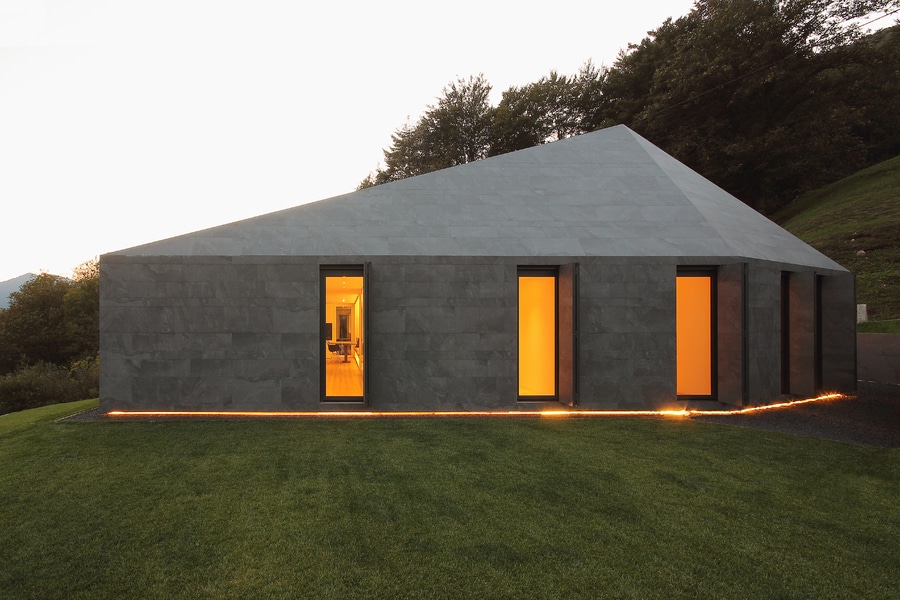
#Inspiration
Creating harmony according to Feng Shui and Vastu Shastra, using Casalgrande Padana porcelain stoneware tiles
The Covid pandemic has radically transformed the meaning of living, teaching us to exploit every space of our homes to the fullest.
New technological requirements and social changes have transformed domestic spaces, which now have to accommodate other aspects of our lives, including work, ensuring wellbeing and practicality.
A home designed merely as the place to return to after work, focusing on the bedroom area, doesn’t ensure wellbeing. That’s why it’s critical to reorganise space and furnishing style. Two ancient practices – Feng Shui and Vastu Shastra – are beneficial to this task. These two practices, geographically separated by the Himalayas, date back to more than 4,000 years ago and aim to create settings filled with wellbeing and harmony.
The foundational principle of Feng Shui (wind-water) is that everything in the universe is always changing. Chi (the vital breath) is the energy that continuously comes together and is scattered around, shaping and animating every living being. Feng Shui is the art of letting Chi flow smoothly. Practising Feng Shui in architecture means arranging the space in your home to transform it into a source of energy and wellbeing. Energy must enter from the front door and circulate freely in every room. Feng Shui creates the best conditions for Chi to circulate freely, even in spaces crammed with objects, dark corners, and rooms without windows.
Vastu Shastra is the ancient Vedic architectural science that aims at wiping away negative and enhancing positive energy. This way, it creates harmony and balance between the home and the universe, promoting prana’s beneficial flow. This Vedic science’s holistic approach includes the art of building in a cosmic design that bridges the microcosm (the home) and the macrocosm (the entire universe).
According to both the Taoist and the Vedic philosophy, nature is governed by five primordial elements. For Feng Shui, these are Wood, Fire, Earth, Metal, and Water. For Vastu, Space, Air, Water, Earth, and Fire.
Feng Shui and Vastu in architecture
Feng Shui and Vastu principles indicate the correct shape and layout of the plot of land and the rooms of a home, as well as the right materials and colours to use.
The home must be built on a solid and stable plot of land. That’s why both its shape and layout is so important in both sciences. The harmonious and regular shapes of square or rectangular plots of land get the green light, whereas asymmetrical “L” or triangular shapes can create imbalance.
The North-East area should have a garden with a fountain, a pond with aquatic plants, a gushing fountain, or a sand and pebble path. This is because water – as well as plants and flowers – helps Chi and Prana flow smoothly. It also has invigorating and rebalancing effects on health and wellbeing.
According to both sciences, natural materials, such as clay, are the ones to prefer. Since ancient times, clay has been used to make bricks and tiles because of its excellent thermal properties, relatively low energy balance, and non-toxicity. In the form of porcelain stoneware tiles, it can be applied to the interior and exterior walls and floors of any building.
The flooring provides a solid base to walk on. That’s why it represents the strength of the home. Both Feng Shui and Vastu recommend using just one material for the flooring to evenly and continuously draw in positive energy.
Feng Shui and Vastu have several aspects in common. Both consider the Eastern part the most important area of the house because of the beneficial effect of the morning sun. However, there are several differences too. For example, for Feng Shui, doors and windows should not be positioned in the North direction. This is because, in China, it’s the direction from where the cold winds from Mongolia blow. The best direction to protect homes from these winds is the South direction. According to Vastu, on the other hand, doors and windows should be in the North direction to benefit from vital energy to the fullest (and to protect the house from the summer monsoon winds blowing from the South-West and the winter ones from the North-East).
As for the layout, the living room should be in the North or East direction. The sofa should lean against a wall but shouldn’t be placed in front of a door. The kitchen should be located in the South-Eastern part of the home, away from the front door. It should also be large, cosy and clean, and have large windows to promote ventilation and let natural light in.
Good sleep is vital for health. That’s why the headboard should face south, lean against a wall and never be directly aligned with the door.
The bathroom is like a small domestic spa where to relax and pamper oneself. It should be located in the home’s South-Eastern area since that’s the direction of the sun’s rays at dawn. The bathroom should never be at the centre of the house, and its door should never open directly to the kitchen or the entrance.
Feng Shui is all about letting Chi circulate freely and harmoniously. For this reason, the space between furnishings should never be too small, and it’s crucial not to cram rooms with objects and ornaments.
Colour is an essential aspect in Feng Shui and Vastu, due to its effect on the mind. Balanced use of colour is crucial, as the excessive use of any hue can create disharmony. For example, red should be limited to fabrics and small objects because an imbalanced use of this colour that brings excitement can have a negative impact. White and beige are the ideal colours for the living room’s walls and floors. Green and earthy tones are perfect for the kitchen, white and blue for the bathroom, and sky blue shades for the bedroom.
Casalgrande Padana’s porcelain stoneware floorings and coverings are the perfect starting point to decorate your home in a Feng Shui or Vastu-inspired style. These tiles are ideal for living rooms, kitchens, bedrooms, bathrooms, and even outdoor spaces.
Casalgrande Padana’s stone-effect, wood-effect, and marble-effect porcelain stoneware tiles are made with only a few, well-balanced natural elements such as earth, fire, air, and water. They are free of plastics and harmful substances, non-allergic, antibacterial, fire-resistant and fully recyclable: the perfect choice for bringing harmony and energy to any setting.
